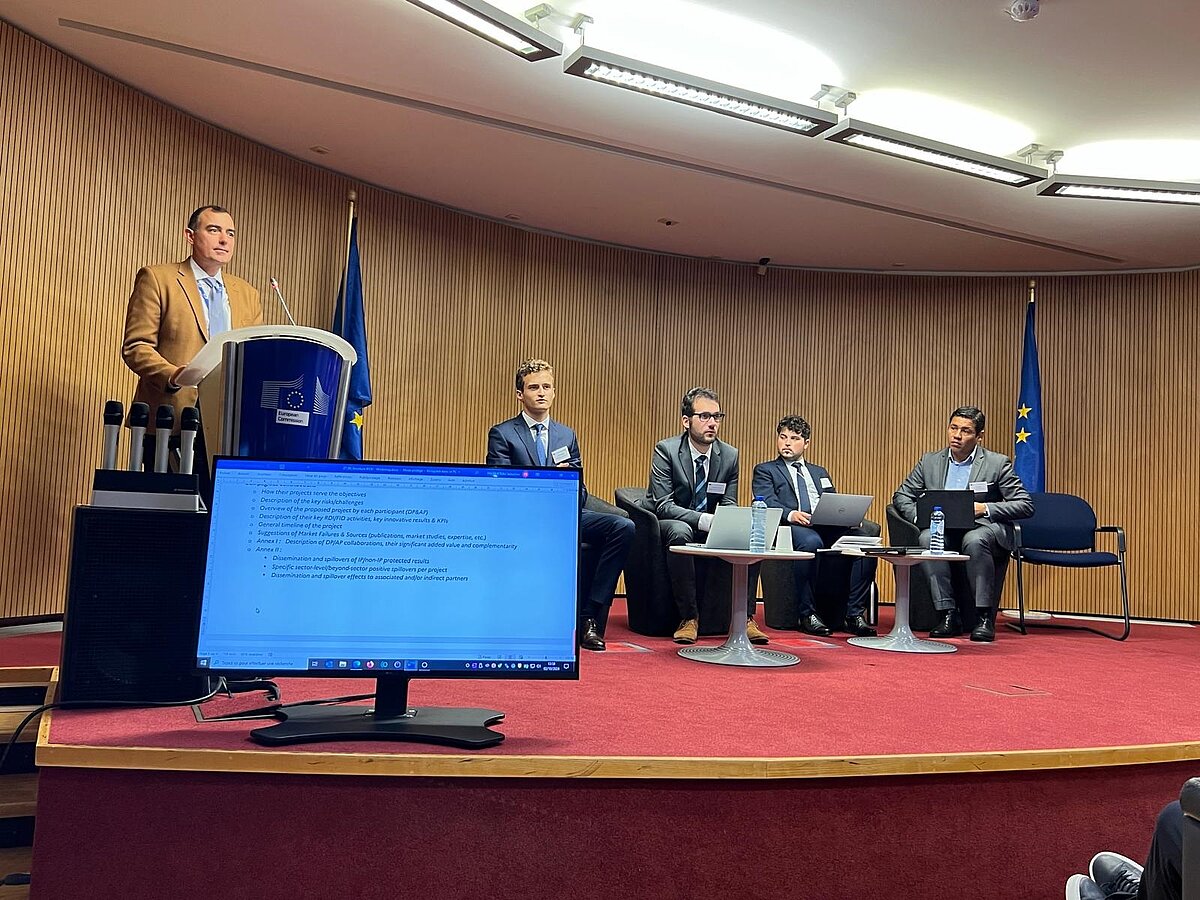
The goal of the ICPM UL project is to develop the diagnostic concept of breath volatile markers for early personalized cancer diagnosis.
“Currently, development in the field of volatile markers in Europe is a key factor in global solutions, so the implementation of this project will be a significant step in strengthening competitive advantages by bringing technology closer to clinical application,” emphasized M. Leja.
The project plans to develop technology for early tumor diagnosis and personalized screening, using a conceptually new diagnostic approach.
During the implementation of the project, both the technology itself and data-driven diagnostic algorithms will be created. The potential of the developed technology is expected to radically change the approach to early cancer diagnosis both in Europe and beyond. Involvement of European businesses will enable the development of their intellectual property and manufacturing of these technologies within the EU.
It is expected that existing cooperation partners will be involved in the project: Riga Eastern Clinical University Hospital, the Gastroenterology Center GASTRO, the Academic Histology Laboratory, and SIA Longenesis. International partners anticipated to be involved include the University of Ulm from Germany, the Barcelona Supercomputing Center, and the Catalonia Institute of Bioengineering.
The projected costs of the project are approximately 4 million euros.
About IPCEI
The goals of the Health IPCEI were defined in a manifesto signed by 16 member states in 2022.
To support common European goals, particularly those defined in the European Pharmaceutical Strategy, IPCEI will address three main objectives:
- Make a significant contribution to the European Health Union, the new European industrial strategy, and its update.
- Promote the first industrial implementation of fundamentally innovative manufacturing processes, particularly sustainable ones.
- Promote the highest level of quality and accessible healthcare by developing new products and services with high research and innovation content.
 CONFERENCE
CONFERENCE